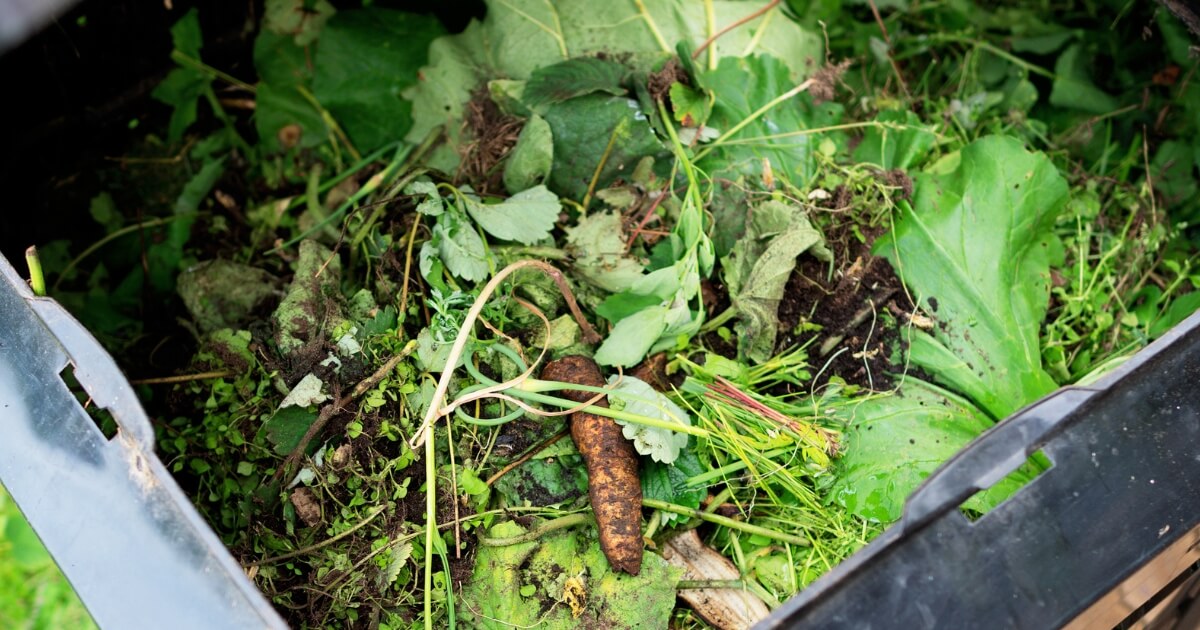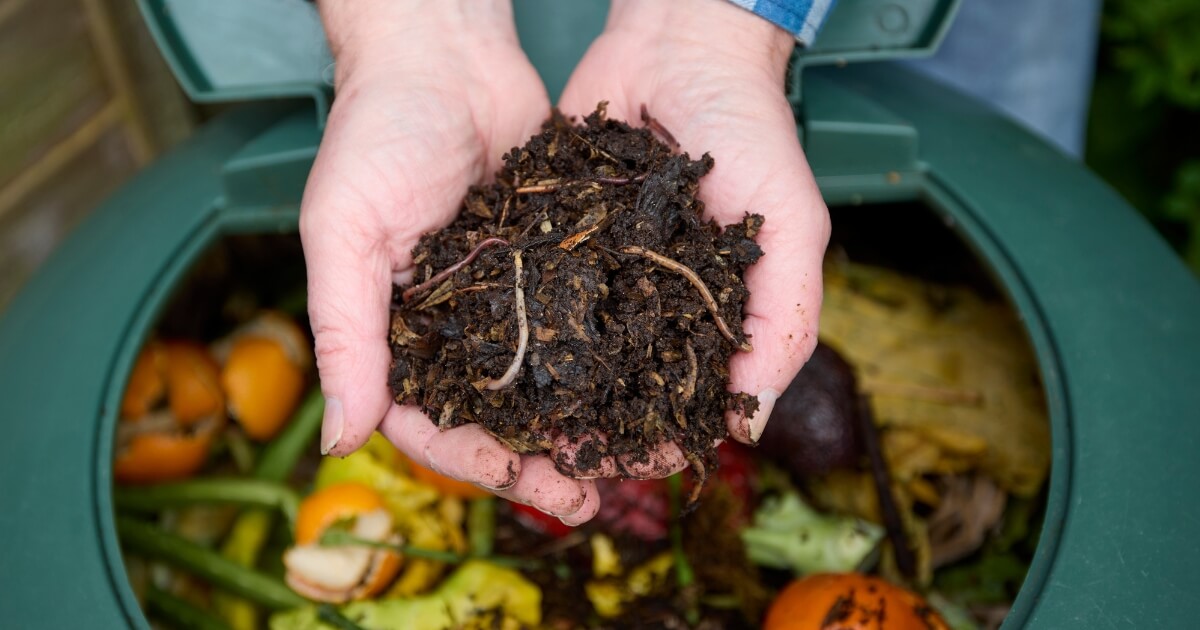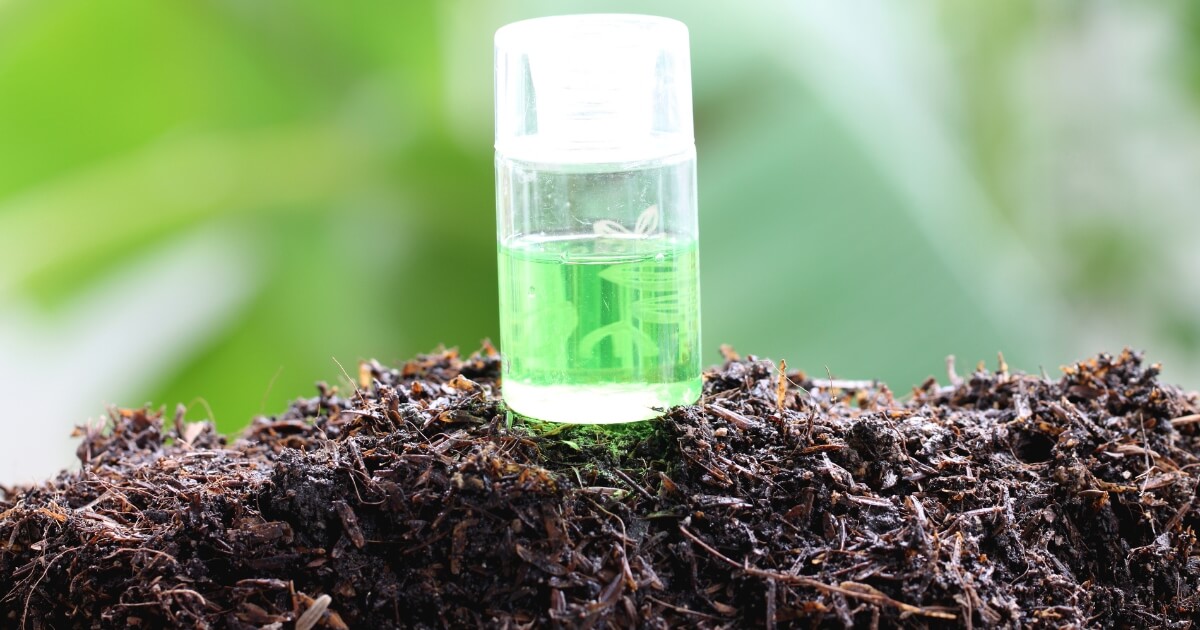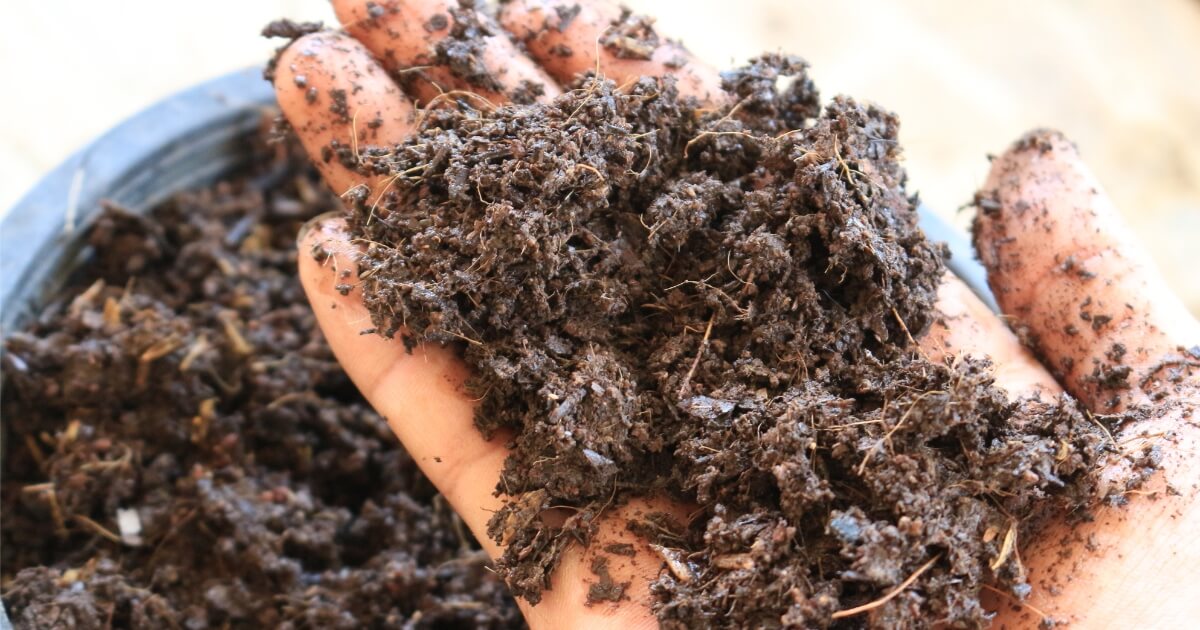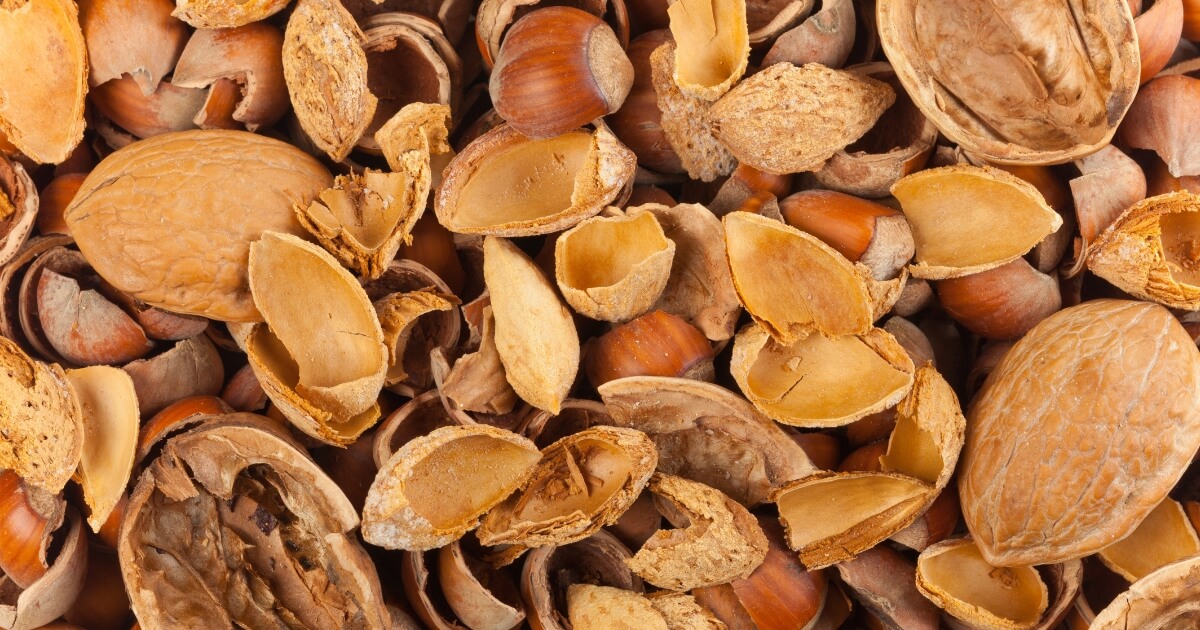You might be scratching your head, thinking, “Can compost catch fire?” It sounds like something out of a quirky sitcom, doesn’t it? But believe it or not, it’s a real thing.
Key Causes of Compost Fires:

- Lack of moisture
- Uneven temperatures
- Poor maintenance
While it’s not common in home compost setups, there’s still a chance for your pile of kitchen scraps and yard waste to heat up more than we’d like. The danger zone starts to creep in around 300°F (149°C). That’s when things can get too hot to handle—literally.
Fire Risks In Hot Composting
When it comes to safety, 160°F is about as hot as you want your compost pile to get. Any hotter, and you’re entering the danger zone for your compost overheating.
The temperature range you’re shooting for is between 120°F and 160°F. In this bracket, your compost pile breaks down faster, killing off weed seeds and pathogens.
Here are some steps to keep your compost pile safe from sparking up:
- Size control: Keep your compost heap modest. Think meatloaf, not Thanksgiving turkey.
- Regular watering and turning: This keeps the moisture even and helps avoid hot spots.
- Temperature monitoring: On those scorching summer days when you’re sipping lemonade in the shade, give your compost pile some attention, too.
Balance is key! Too little moisture, and you risk a fire. Too much moisture and your pile becomes a soggy mess.
Cold Composting & Safety
Unlike its hotter counterpart, this method doesn’t generate much heat because it relies on the ambient temperatures and natural breakdown process over time.
Here’s why cold composting generally poses a lower fire risk:
- Gradual Breakdown: The materials decompose at their own leisurely pace, producing less heat.
- Minimal Management: Since it’s a more laid-back approach, you’re not actively working to maintain high temperatures.
- Lower Temperatures: Typically, a cold compost pile won’t get much warmer than its surroundings, so there’s little chance of reaching those combustible levels.
It might take longer to get that rich, nutrient-dense compost you’re after, but patience pays off with this low-and-slow method, and you can rest easy knowing that spontaneous combustion isn’t on the menu.
Compost Pile Fire Management
I’d rather have my compost pile remain a source of garden gold rather than a fire hazard, but it involves some simple management strategies. Here’s how you can keep an eye on it and make the necessary tweaks.
Regularly check the temperature with a compost thermometer to ensure it’s in the ideal range. If you find it’s getting too warm, here’s what to do:
- Add moisture: If it’s drier than yesterday’s bread, give it a good watering to dampen things down.
- Turn it over: Turning your compost introduces cooler air and evens out the heat.
This isn’t set-it-and-forget-it. You’ve got to be proactive.
Keep the size of your compost pile around 3 feet high and wide, which is large enough to retain heat but small enough to manage easily.
As for location, keep it away from fences, sheds, or trees that could catch fire if things go sideways.
Emergency Measures
An overheated compost pile will give off telltale signs. You might notice steam rising more than usual or feel excessive heat emanating from the center.
If it smells like something’s burning or you see smoke, you’re past the warning stage—it’s time to act fast and call 9-1-1 or your local fire department’s emergency line.
If your compost pile is too hot:
- Soak it down: Water it thoroughly.
- Cease adding new materials: Just as you wouldn’t add fuel to a fire, don’t put more into an already hot pile.
- Disperse the pile: Spread it out to release heat and eliminate hot spots.
- Keep monitoring: After taking action, keep checking temperature and moisture levels.
- Call for help: If things start to get out of control, call 9-1-1 immediately.
